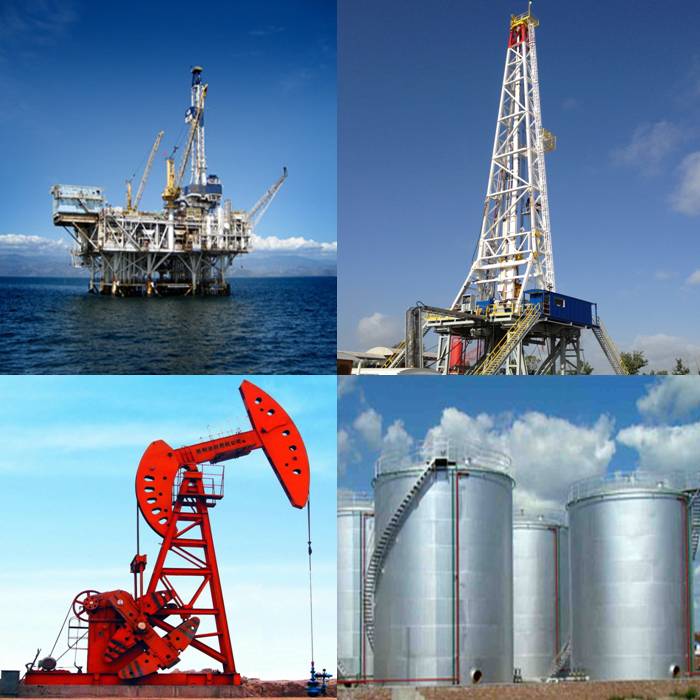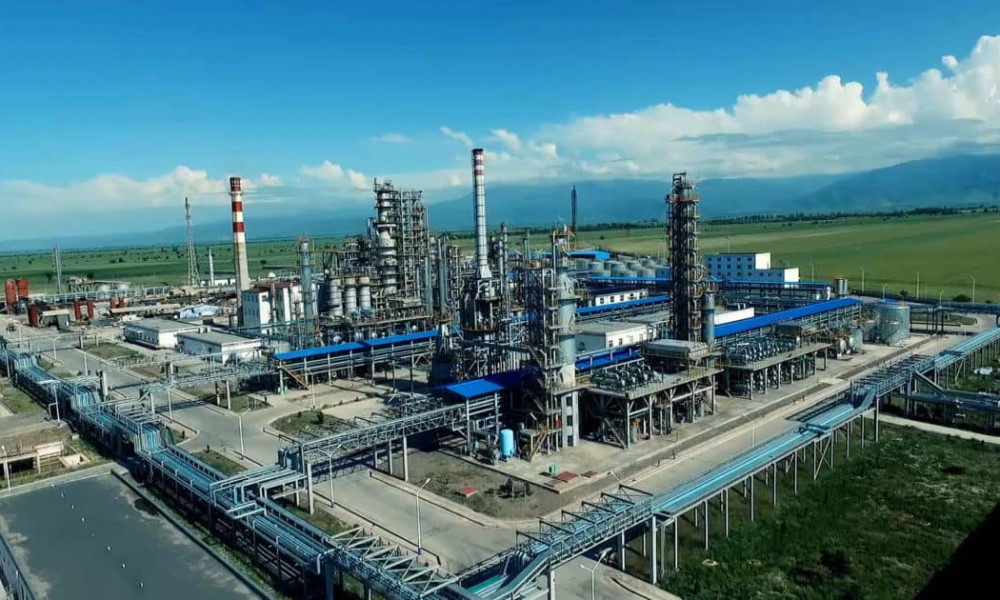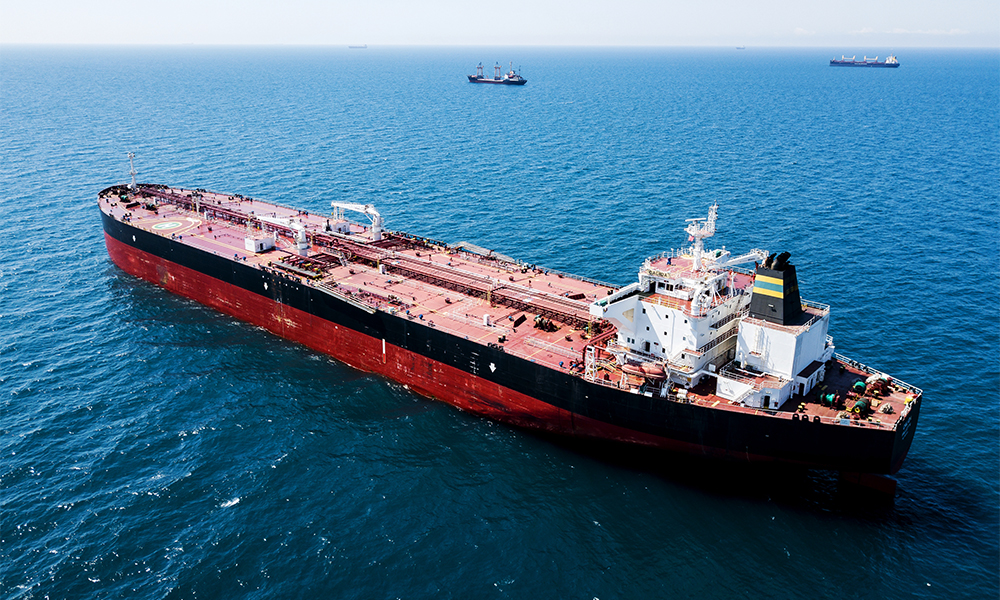Oil Refining & Marketing
- Main Page
- Our Business
- Oil Refining & Marketing

Call us Today
+77752146958


Kolzhan-oil Refining & Marketing is divided into two business segments: Refining and Marketing & Trading. Major Chinese and Russian refineries that together have a daily processing capacity of more than 500,000 barrels work with Kolzhan-oil. The bio and intermediate feedstock, gas logistics, product supply, and operations are all managed by Kolzhan-oil. Petrochemicals and products from Kolzhan-oil. It runs three competitive inland refineries with a 17.8 million tonne annual capacity in Kazakhstan.
The company is modernizing its range of catalytic cracking catalysts with assistance from experts at the Institute for Problems of Hydrocarbon Processing, Kazakhstan Academy of Sciences. The development of hydro-process catalysts is under the purview of the Kazakhstan Institute of Catalysis. By hydrotreating middle distillates, scientists in Kazakhstan have already created catalysts that enable them to produce a sulfur-free product that satisfies all Euro-5 specifications. The Company’s refining operations have concentrated on satisfying the market’s demand for premium petroleum products in recent years. Over time, Kolzhan-oil has made refinery upgrades that have increased product quality, diversified its product offering, and made it more competitive.
In Kazakhstan’s history, this is the largest restoration project for an oil refinery. During the course of this program, the Kazakhstan Federation’s internal market made the switch to 100 percent environmental class K5 motor fuel production, in compliance with TR TS 013/2017 Technical Regulations. Since 2018, a number of the company’s refineries have started to produce motor gasoline with enhanced environmental and operational features, such as AI-95-K5 Euro-6 and AI-100-K5.
The refinery produces motor fuels, aromatics, liquid paraffin, roofing and insulation materials, among other petroleum products. The refinery produces bitumens, jet fuel, diesel fuel, and roofing materials that all adhere to international quality standards. The Kolzhan-oil expands its industrial facilities annually. The refinery is creating a tiered process flow diagram innovation plan in order to enhance industrial and environmental safety, lower operating costs, and improve the quality of petroleum products.
Marketing
Selling natural gas, petroleum products, and crude oil on both domestic and foreign markets, Kolzhan-oil makes sure that flows are distributed efficiently to meet demand. The Company owns pipelines, transshipment facilities for crude oil and petroleum products, and other assets that lower transportation costs. Kolzhan-oil has a strong marketing plan and infrastructure for selling petroleum products both domestically and internationally. In 2018, Kolzhan-oil boosted its export sales of petroleum products to 25.3 million tons. (In contrast, the forecast for 2020 is 10.2 million tons.)
In order to increase the proportion of high-margin channels in the overall sales structure, the company keeps an eye on the profitability of the oil monetization channels. The company wants to supply 1.2 million tons of oil to its own operations in Kazakhstan by 2020, a 15% increase from 2019. (Refinery deliveries have been taken into consideration since October 2019). The acquisition in 2021 made a major contribution to the increase in supply volumes. With a 3 percent participation rate, the Company supplied 1.1 million tons of its own oil to plants in 2020, a 3% increase from the year before.
The company keeps an eye on the profitability of the oil monetization channels in an effort to increase the proportion of high-margin channels in the overall sales structure. The company plans to increase its oil supply to its own operations in Kazakhstan by 15% in 2020, to 1.2 million tons. (Refinery deliveries have been considered as of October 2019). The growth in supply volumes was largely attributed to the acquisition in 2021. In 2020, the Company increased its supply of its own oil by 3% to 1.1 million tons to plants with a 3 percent participation rate.
